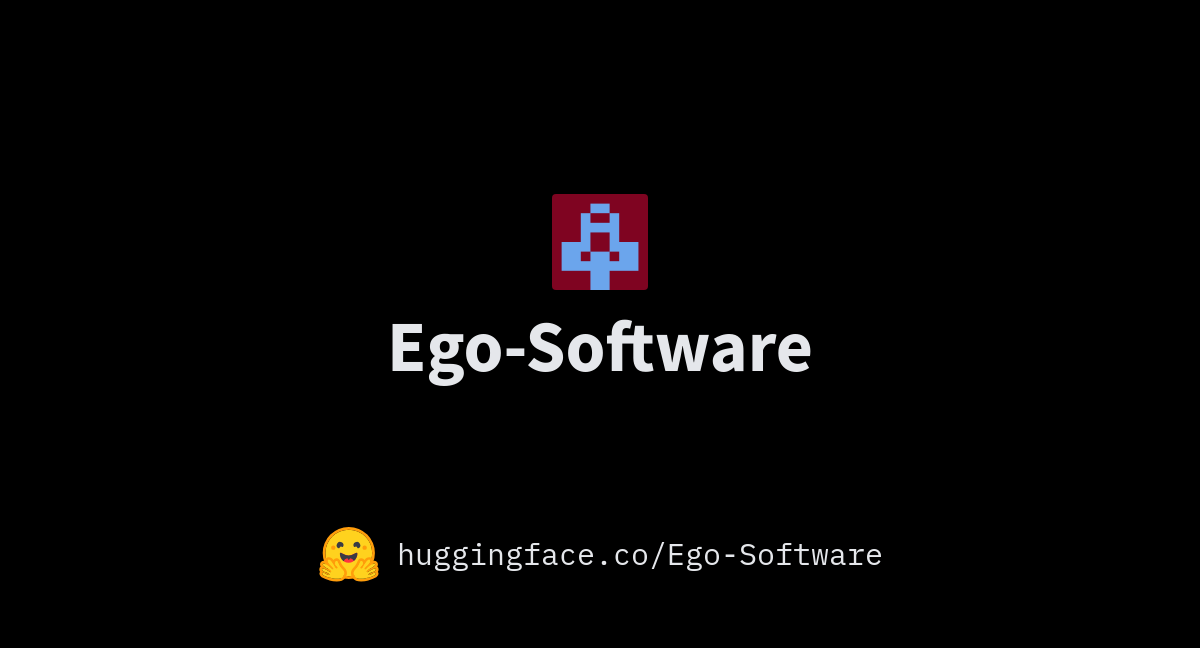Software piracy has long been a contentious issue in the digital world, and the term "pirate software ego" sheds light on a deeper psychological aspect of unauthorized software usage. It’s not just about downloading software for free; it’s also about the mindset that drives individuals to engage in this activity. Understanding the motivations, risks, and consequences of pirate software usage is crucial for both users and developers. In this article, we will explore the concept of pirate software ego, its implications, and how it affects the software industry.
Pirate software ego refers to the psychological mindset of individuals who justify their actions of using unauthorized software. This phenomenon is more than just a violation of intellectual property rights; it involves a sense of entitlement and justification that can have far-reaching consequences. By examining the motivations behind software piracy, we can better understand how to address this issue effectively.
This article aims to provide a comprehensive overview of pirate software ego, its causes, and its impact on the software industry. We will also explore potential solutions and strategies to combat software piracy, ensuring a fair and sustainable ecosystem for developers and users alike.
Read also:Chris Evan Rock Nude A Comprehensive Analysis Of Facts And Misconceptions
Table of Contents:
- Introduction to Pirate Software Ego
- Risks of Using Pirate Software
- Psychology Behind Pirate Software Ego
- Impact on the Software Industry
- Legal Consequences of Software Piracy
- Solutions to Combat Software Piracy
- Statistics on Software Piracy
- Alternatives to Pirate Software
- Case Studies of Software Piracy
- Conclusion
Introduction to Pirate Software Ego
Pirate software ego is a term that describes the psychological mindset of individuals who use unauthorized software. This mindset often involves a sense of entitlement and justification for their actions. Users may believe that software companies are overcharging for their products or that downloading pirated software is a victimless crime. However, the reality is far more complex, with significant implications for both users and developers.
The prevalence of pirate software has grown with the rise of the internet, making it easier for individuals to access unauthorized software. This trend has led to a culture where software piracy is normalized, and the concept of pirate software ego has become more prominent. Understanding this mindset is essential for addressing the issue effectively.
In this section, we will explore the origins of pirate software ego and how it has evolved over time. We will also examine the factors that contribute to this mindset and its impact on the software industry.
Risks of Using Pirate Software
Using pirate software poses several risks to users, including security threats, legal consequences, and performance issues. One of the primary concerns is the potential for malware and viruses, which can compromise personal data and lead to identity theft. Additionally, pirated software often lacks updates and support, leaving users vulnerable to security breaches.
Legal consequences are another significant risk associated with pirate software. Users who download or distribute unauthorized software can face fines, lawsuits, and even criminal charges. Furthermore, businesses that use pirated software may face reputational damage and loss of customer trust.
Read also:Unveiling The Enigma The Intriguing Story Of Roberto Esquivel Cabrera
Key Risks:
- Malware and virus infections
- Legal penalties and fines
- Lack of updates and support
- Reputational damage
Psychology Behind Pirate Software Ego
The psychology behind pirate software ego is rooted in several factors, including social influences, perceived value, and cognitive dissonance. Many users justify their actions by believing that software companies are overcharging or that their use of pirated software has no real impact. This mindset is reinforced by peer pressure and the normalization of software piracy in certain communities.
Research has shown that individuals with pirate software ego often exhibit a sense of entitlement, believing that they deserve access to software without paying for it. This attitude can stem from a lack of understanding of intellectual property rights or a belief that software companies are exploiting consumers.
Factors Contributing to Pirate Software Ego:
- Sense of entitlement
- Perceived value of software
- Cognitive dissonance
- Social influences
Impact on the Software Industry
The impact of pirate software on the software industry is significant, affecting both developers and consumers. Software piracy leads to lost revenue for developers, which can hinder innovation and development. Additionally, the prevalence of pirated software can undermine trust in legitimate products, making it difficult for developers to compete in the market.
Consumers also suffer from the effects of software piracy, as they may miss out on updates, support, and security features that come with legitimate software. This can lead to a subpar user experience and increased vulnerability to cyber threats.
Impact on Developers:
- Lost revenue
- Hindered innovation
- Increased security risks
Legal Consequences of Software Piracy
The legal consequences of software piracy can be severe, with users facing fines, lawsuits, and even criminal charges. In many countries, software piracy is considered a violation of intellectual property rights, and offenders can be prosecuted under copyright laws. Businesses that use pirated software may also face additional penalties, including reputational damage and loss of customer trust.
Enforcement of anti-piracy laws has become more stringent in recent years, with governments and software companies working together to combat software piracy. This has led to increased awareness and a decrease in the prevalence of pirated software in some regions. However, the issue remains a significant challenge globally.
Solutions to Combat Software Piracy
Combatting software piracy requires a multifaceted approach that addresses both the technical and psychological aspects of the issue. Developers can implement technical solutions such as digital rights management (DRM) and software activation to prevent unauthorized use. Additionally, educating users about the risks and consequences of software piracy can help reduce its prevalence.
Offering affordable and accessible alternatives to pirated software is another effective strategy. Many software companies have adopted subscription-based models or freemium offerings to make their products more accessible to users. This approach not only reduces the incentive for piracy but also provides users with legitimate options that meet their needs.
Possible Solutions:
- Implementing DRM and software activation
- Offering affordable alternatives
- Educating users about risks and consequences
Statistics on Software Piracy
According to a report by the Business Software Alliance (BSA), the global rate of software piracy was approximately 37% in 2021. This equates to billions of dollars in lost revenue for software developers worldwide. The report also highlights regional variations in piracy rates, with emerging markets experiencing higher levels of software piracy compared to developed countries.
Statistics show that software piracy is more prevalent in regions where access to legitimate software is limited or expensive. This highlights the importance of addressing the root causes of software piracy, such as affordability and accessibility.
Alternatives to Pirate Software
There are several legitimate alternatives to pirate software that offer users affordable and accessible options. Open-source software, freemium models, and subscription-based services are just a few examples of alternatives that provide users with the tools they need without resorting to piracy. These options not only support developers but also ensure users have access to secure and supported software.
Open-source software, in particular, has gained popularity in recent years, offering users a wide range of applications that are free to use and modify. This model promotes collaboration and innovation, providing users with high-quality software without the need for piracy.
Case Studies of Software Piracy
Several high-profile cases of software piracy have highlighted the impact of this issue on the software industry. One notable example is the case of Microsoft, which has been actively combating software piracy through legal action and education campaigns. Another example is the rise of counterfeit software in emerging markets, where affordable alternatives are often lacking.
These case studies demonstrate the complexity of software piracy and the need for a comprehensive approach to address the issue. By examining real-world examples, we can better understand the challenges faced by developers and the potential solutions to combat software piracy.
Conclusion
Pirate software ego is a complex issue that affects both users and developers in the software industry. By understanding the motivations behind software piracy and its impact on the industry, we can develop effective strategies to combat this problem. Implementing technical solutions, offering affordable alternatives, and educating users about the risks and consequences of software piracy are essential steps in addressing this issue.
We encourage readers to take action by supporting legitimate software and advocating for fair and sustainable practices in the software industry. Share this article with others to raise awareness about the dangers of pirate software and the importance of respecting intellectual property rights. Together, we can create a more equitable and secure digital ecosystem for everyone.


